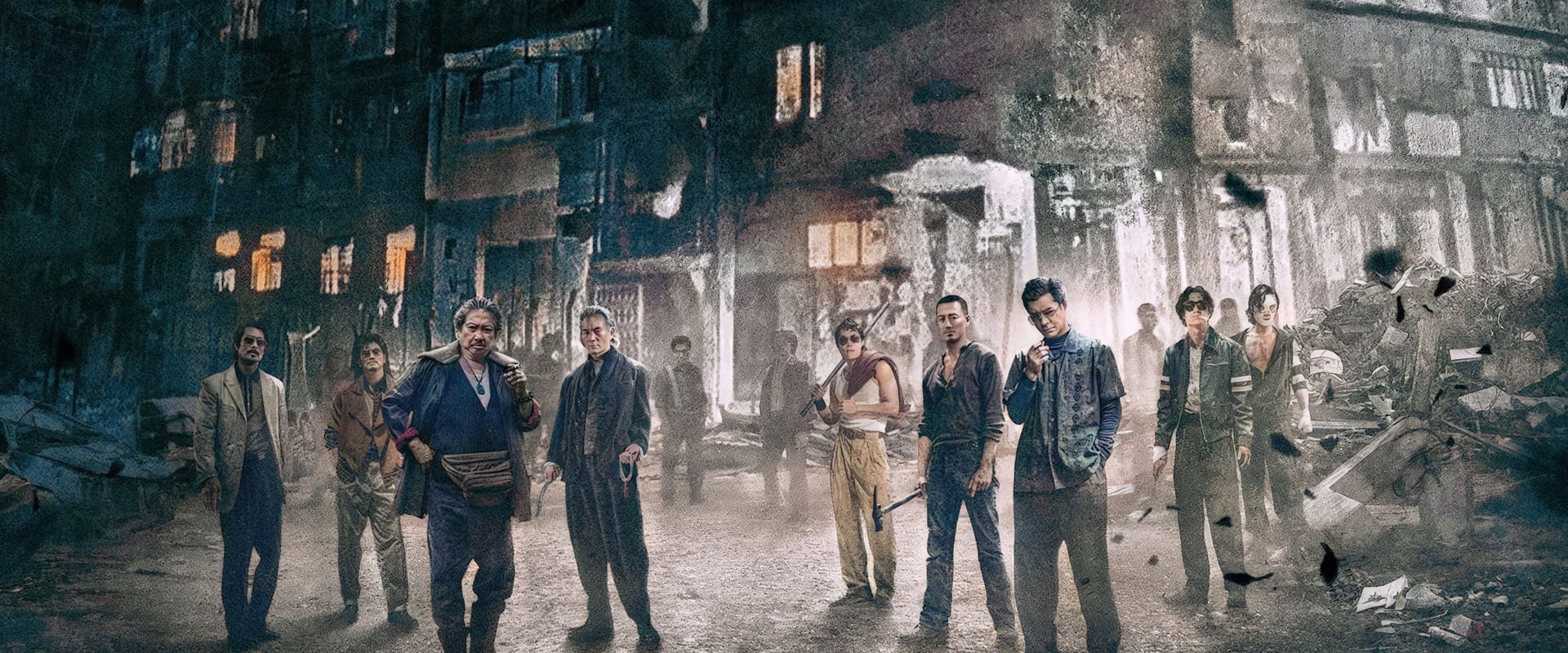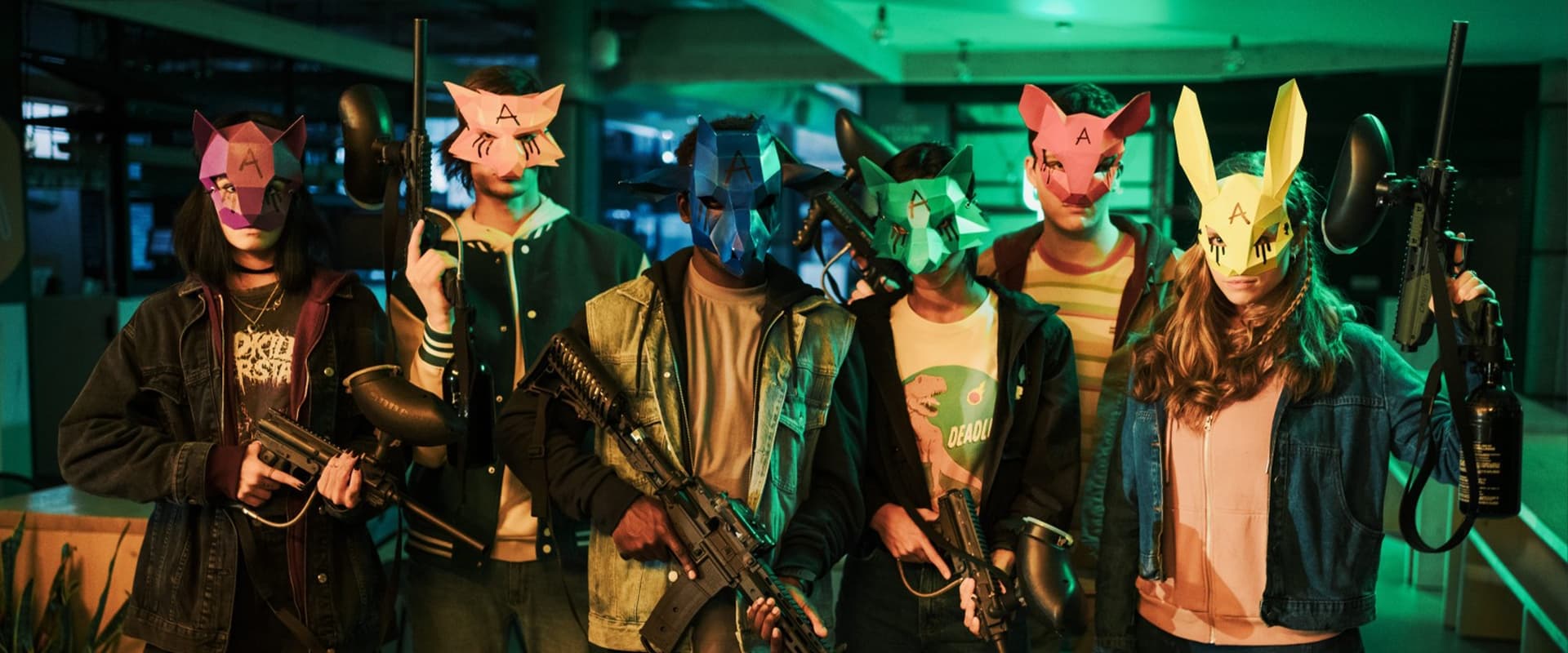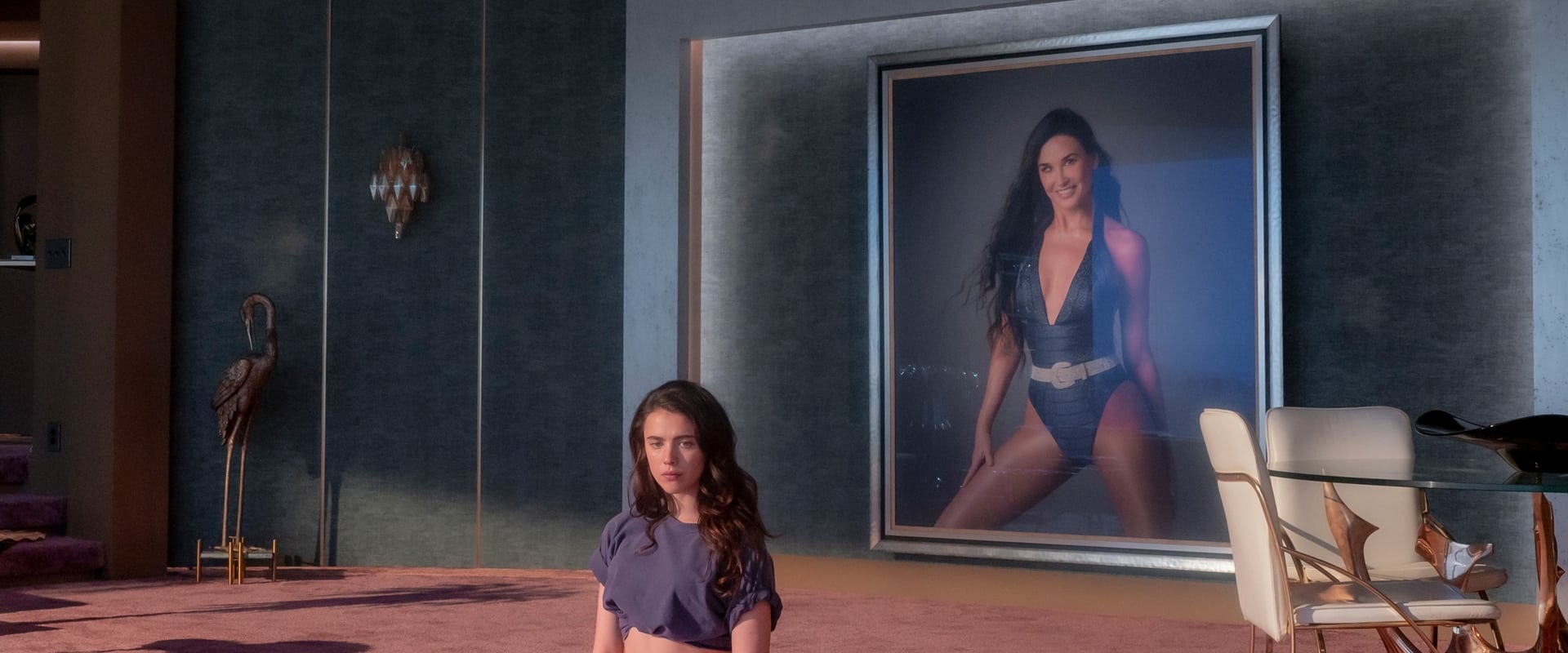Soi Cheang’s Twilight of the Warriors: Walled In is a brash, full-throttle collision—Gangs of New York after a few rounds with Kung Fu Hustle. What a galvanizing jolt to the system: to step into a movie that practically dares you to remember your youth, back when Hong Kong cinema was deliriously off the leash, and the formula for a good time was a heroic bloodbath, some dirt under the nails, and a soundtrack of testosterone and betrayal. Here, Cheang invites us to mainline nostalgia—this is genre-movie pleasure as pure, as heady, as chow fun in a back alley at 2 a.m.
Right from its battered, neon-dripping opening, the film stomps its territory: this isn’t just a tribute, it’s an incantation, conjuring up the ghosts of Woo, Hark, Ringo Lam, and all those raucous, opera-blooded big brothers of ’80s and ’90s Hong Kong crime. It’s a muscular valentine: loyalty, honor, friendship, betrayal, legacy—their faces pressed up against glass like so many hungry orphans. Subtext about system failure and difference? It’s there, if you squint, as shrouded and slippery as in Cheang’s Limbo, but you know the real business is being done with fists, hammers, and a pair of iron knuckles on a bad day.
What made me giddy—what makes Twilight of the Warriors feel like a feast—is Cheang’s deep, almost loving devotion to all the technical trappings: this is an art director’s delirium tremens. The reconstructed Kowloon Walled City isn’t just a location, it’s the star—one of the great cinematic sets of the decade, a maze of light, grime, and impossible geometry. The camera prowls its alleys with a curiosity more feline than voyeuristic. Every frame is primal wallpaper: gritty aquariums of steel and shadow, a delirium of smashed-up density where you expect lost gods to emerge clutching a fishball skewer.
But, God, the action. This is face-smashing turned into festival. Cheang delivers what would have seemed impossible after a steady diet of Marvel twinkle-toes: real violence, sometimes wincing, often brutal, and performed with the gleeful energy of a sugar-high stunt team. You get motorcycle chases through brick walls, iron hammers swung akimbo, men flying through windows like it’s the last day on earth. Did I care that it was far-fetched? No more than I care that spaghetti westerns aren’t set in Rome. The best action here is as fluid and acrobatic as the old Yuen Woo-ping ballets, with just enough new choreography sparkle to remind you this is the first Hong Kong blockbuster in years that doesn’t feel embalmed.
And in a perfect nod to cinematic time travel, Cheang even manages to bring back the one and only—the legendary—Sammo Hung. To see Sammo go toe-to-toe with Louis Koo is like opening a mahjong table and discovering the ghosts of a cinema that was once gleefully lawless, and is now—if only for a couple hours—set deliciously free again.
If only the film’s final act showed a little more control when it came to CGI. We started with bruised knuckles and ended wading in pixels—disappointingly childish for something that prided itself on its brick-and-blood reality. If you’re expecting a pure Triad epic, you might blink when the superpowers start showing up, each smack louder than the last. (Later I read there’s a manga source, which makes the left-turn into fantasy not only logical but inevitable.) Still, it clunks, and you wish that final fight, so anticipated, could have stuck to the wires and bruises and left the cartoon computers for another genre.
But what truly sets Twilight of the Warriors apart—what makes it good in the way only Hong Kong movies can be good—is how ecstatically it leans into the cliches and blows through them like a hurricane. Here’s a city-within-a-city, Kowloon Walled City, that might as well be cinematic myth by now—a fever dream of anarchy, a kingdom of lost souls fenced in by concrete and corruption. Cheang gives us its history (mercifully, not as homework but as lived-in detail): the shantytown’s lawlessness, its Triad warlords, the thrum of illicit energies, the whole doomed complex slated for erasure as Hong Kong ticks toward ’97 and the new millennium.
Into this lost realm stumbles Lok, a refugee working the fight circuit, betrayed and on the run, who finds kinship with Cyclone’s merry band of bruisers and misfits. The movie lingers over these small moments—found family, quiet acts of mutual care—that make the larger violence meaningful. For once, even the “drama” in a martial arts film has some muscle.
Does it border on comic-book excess? Absolutely, and I welcomed it—up until the digital spittle began to fly. No one came for subtlety; we came to see faces rearranged by fists, legacies written in bruises, and the strange beauty of old Hong Kong making its last stand. Cheang remembers what the old masters knew: your action film doesn’t last unless it’s a little bit sentimental.
So, yes, Twilight of the Warriors: Walled In is my kind of Hong Kong blockbuster—rowdy, pulpy, sentimental, and outrageously alive. For a few riotous hours, the art of chaos is alive again. You might not believe a frame of it, but I believed every punch.
You come to the Walled City for shelter from the world outside; you leave wondering why you ever settled for the suburbs.


